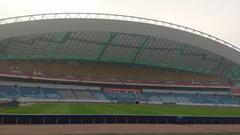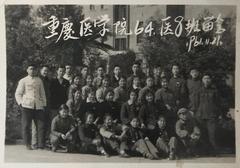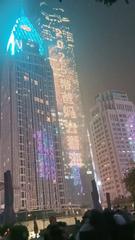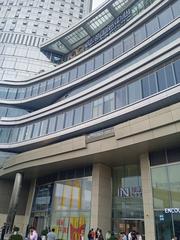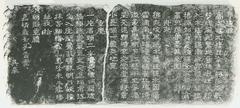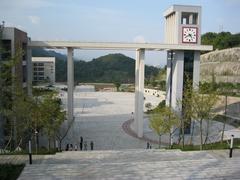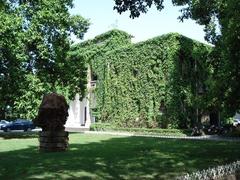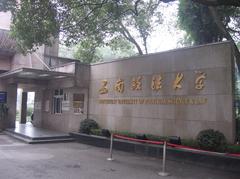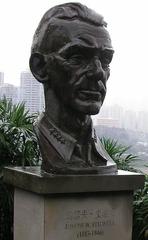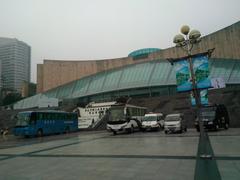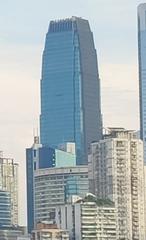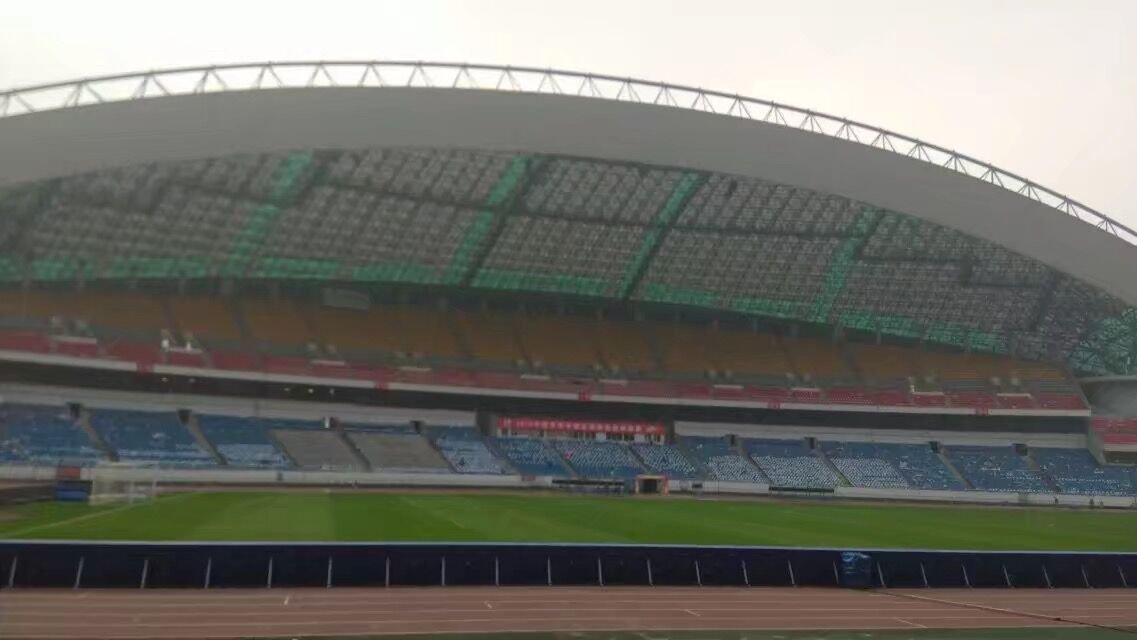
Chongqing Olympic Sports Center Visiting Hours, Tickets, and Attractions Guide
Date: 14/06/2025
Introduction
The Chongqing Olympic Sports Center is a landmark sports and cultural complex in southwestern China, embodying the city’s rapid urban development and ambition to become a world-class metropolis. Since its opening in 2004, the Center has evolved into a multifaceted destination, offering Olympic-standard facilities, hosting major sporting and cultural events, and providing accessible public spaces for both locals and tourists. Whether you’re a sports enthusiast, history buff, or casual visitor, this guide provides detailed insights into the Center’s history, architecture, visiting hours, ticketing, accessibility, nearby attractions, and essential travel tips.
Table of Contents
- Introduction
- Origins and Construction
- Historical and Sporting Significance
- Urban Development and Modernization
- Architectural Features and Urban Integration
- Cultural and Economic Impact
- Visiting Information
- Nearby Attractions
- Frequently Asked Questions (FAQ)
- Conclusion
- References
Origins and Construction
The concept for the Chongqing Olympic Sports Center originated in the 1950s, when city planners reserved over 90 hectares in the Shiqiao Township area for a future sports landmark (chinawiki.net). Construction of the Center’s core facilities began in the early 2000s, with the swimming and diving gymnasium completed in 2003 and the main stadium opening in 2004. With an investment of 690 million yuan, the stadium boasts a seating capacity of approximately 59,000, making it one of the largest in western China (StadiumGuide). The Center’s opening marked a new era in Chongqing’s sports infrastructure, earning it the nickname “Bird’s Nest of Chongqing” (ichongqing.info).
Historical and Sporting Significance
Major Sporting Events
The Center was constructed to support China’s hosting of the 2004 AFC Asian Cup, during which it held multiple matches, including a notable quarter-final. It has since served as the home ground for Chongqing Lifan F.C. (now Chongqing Liangjiang Athletic F.C.), a prominent club in the Chinese Super League (Wikipedia). The stadium also regularly hosts national athletics competitions, swimming championships, and community sports events.
Multifunctional Facilities
Beyond football, the Center includes an Olympic-standard aquatic center, indoor arena, tennis courts, and multipurpose training halls. These facilities accommodate a range of disciplines, from swimming and diving to basketball and martial arts, and are open to the public outside major event periods (thegoguy.com).
Urban Development and Modernization
The Chongqing Olympic Sports Center is emblematic of the city’s broader urbanization and modernization efforts. Its construction coincided with Chongqing’s rapid population growth and government initiatives to enhance public infrastructure and green spaces (Liangjiang New Area). Strategically located in the Jiulongpo District, the Center is well-integrated with public transport networks, commercial zones, and modern residential developments.
Architectural Features and Urban Integration
Design and Sustainability
The Center combines a classic oval stadium design with contemporary materials such as glass and steel. The cantilevered roof offers unobstructed views and shelter for spectators, while sustainable features like natural ventilation and daylighting improve comfort and reduce energy consumption (e-architect China). Rainwater harvesting systems and the use of local materials demonstrate a commitment to environmental responsibility, even before green building certifications became widespread.
Accessibility
Barrier-free access is a core design principle, with ramps, elevators, and dedicated seating for visitors with disabilities. Landscaped plazas and pedestrian-friendly pathways encourage public use and community gatherings (CQNews).
Cultural and Economic Impact
Community and Cultural Hub
The Center is more than just a sports venue. It serves as a gathering place for residents, hosting mass fitness activities, tai chi, group dancing, and cultural festivals. It has also welcomed international stars such as Mariah Carey, who performed here in 2014 (Wikipedia), highlighting its role as an entertainment destination.
Economic Benefits
By attracting thousands of visitors annually, the Center supports local businesses, hotels, and restaurants. Its location in a high-tech development zone further stimulates commercial growth and enhances Chongqing’s reputation as a modern metropolis.
Visiting Information
Visiting Hours
- General Access: 8:00 AM to 9:00 PM daily (hours may vary during events or maintenance).
- Fitness and Public Areas: Free access to running tracks and public fitness zones during opening hours.
- Event Days: Opening times and access may be adjusted; always check the official website for updates.
Ticketing and Entry
- Public Areas: Free general access.
- Event Tickets: Prices vary by event:
- Football matches: CNY 50–300
- Concerts/International Events: Higher pricing
- Where to Buy: Online via Damai Ticketing, at the venue box office, or through authorized sellers. Valid ID required for collection.
Accessibility
- Full facilities for visitors with disabilities, including ramps, elevators, accessible restrooms, and wheelchair rentals.
- Information desk staff and volunteers provide assistance; English-language maps available.
Getting There
- Metro: Olympic Sports Center Station (Loop Line), Yuanjiagang Station (Line 2), Xietaizi Station (Line 1) (Chongqing Metro Map).
- Bus: Routes 148, 209, 823.
- Taxi/Rideshare: Easily available; most drivers are familiar with the Center.
- Parking: On-site parking (CNY 10–20/hour, limited during events).
Facilities and Services
- Bilingual signage, digital information boards, free Wi-Fi, and charging stations.
- Food vendors offering local and international cuisine.
- Medical stations and clearly marked emergency exits.
- Security checks at all entrances; plan to arrive 30 minutes early for events.
Special Events and Guided Tours
- Regular schedule of football matches, athletics meets, concerts, and cultural festivals.
- Guided tours available seasonally or by appointment—contact the information desk for current options.
Visitor Tips
- Best Time to Visit: Spring and autumn for outdoor activities; late afternoons/evenings during hot summer months (Climate Data Chongqing).
- Payment: Cashless payments (Alipay, WeChat Pay) are standard, but keep some cash handy.
- Etiquette: Smoking, outside food/drink, and large banners are prohibited; photography allowed except in restricted areas.
- Language: English signage present; basic Mandarin or translation apps may be helpful.
Nearby Attractions
Enhance your visit by exploring Chongqing’s cultural and historical sites:
- Ci Qi Kou Ancient Town: Riverside village with Ming–Qing architecture and crafts.
- Three Gorges Museum: Exhibits on the Yangtze River region’s history and culture.
- Eling Park: Scenic park with panoramic city views.
- Chongqing Zoo: Famous for giant pandas (Chongqing Zoo).
- Jiefangbei CBD & Yangjiaping District: Shopping, dining, and nightlife.
Frequently Asked Questions (FAQ)
Q: What are the Chongqing Olympic Sports Center visiting hours?
A: Generally 8:00 AM–9:00 PM on non-event days; hours may vary during events.
Q: How can I buy tickets for events?
A: Online (e.g., Damai), at the box office, or via authorized sellers.
Q: Is the stadium accessible for visitors with disabilities?
A: Yes—barrier-free access, accessible seating, restrooms, and rentals.
Q: What public transport options are available?
A: Metro (Loop Line, Lines 1 & 2), several bus routes, taxi/rideshare.
Q: Are guided tours available?
A: Occasionally—check the official site or inquire at the venue.
Q: What can I see nearby?
A: Ci Qi Kou Ancient Town, Three Gorges Museum, Eling Park, Chongqing Zoo, Jiefangbei CBD.
Conclusion
The Chongqing Olympic Sports Center is a vibrant showcase of the city’s sporting legacy, architectural ambition, and cultural vitality. Its world-class facilities, strategic location, and year-round events make it a must-visit destination for anyone wanting to experience modern Chongqing. For a seamless and enriching visit, consult official schedules, book tickets in advance, and consider exploring the city’s nearby historical and cultural sites.
For real-time updates, event schedules, and visitor support, download the Audiala app, follow official social media channels, and consult related guides on Chongqing’s attractions.
References
- Football Tripper, 2024, Comprehensive Guide to Chongqing Olympic Sports Center
- Liangjiang New Area Government, 2022, Urbanization Plan
- CQNews, 2020, Chongqing Olympic Sports Center Architecture
- StadiumGuide, 2024, Chongqing Olympic Sports Center Details
- Wikipedia, 2024, Chongqing Olympic Sports Center
- Official Chongqing Olympic Sports Center Site, 2024
- chinawiki.net
- e-architect China
- thegoguy.com
- StadiumDB
- Chongqing Metro Map
- Damai Ticketing
- Chongqing Zoo
- Climate Data Chongqing
